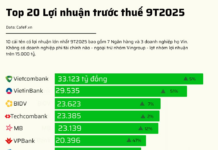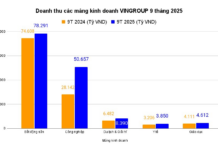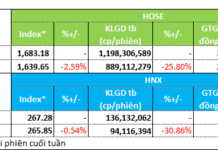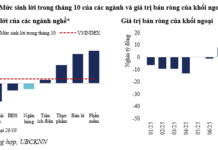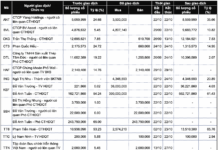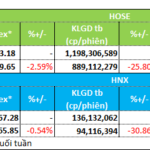On May 23, the National Assembly discussed the economic and social situation in groups. Participating in the discussion, Minister of Home Affairs Pham Thi Thanh Tra provided information on the arrangement of administrative units at the district and communal levels (merging of districts and communes) for the period 2023 – 2025.
The Minister of Home Affairs emphasized that this issue has been of particular concern to the Central Committee, the Politburo, the National Assembly, and the Government. It is considered a key task for the remainder of 2023, in preparation for the 14th Party Congress. Localities have also made great efforts and shown determination in implementing this task.
According to Ms. Tra, one advantage is that Resolution 35 of the National Assembly Standing Committee has covered and almost resolved all obstacles faced during the previous arrangement period.

Minister of Home Affairs Pham Thi Thanh Tra at the group discussion. Photo: Ngy
So far, 54 out of 63 provinces and cities that are subject to the arrangement of district and communal levels have been identified. This involves the arrangement of 49 district-level units, with an expected reduction of 12-13 units, and 1,247 communal-level units, with a projected decrease of 624 units.
The Minister commended the efforts of several localities, highlighting that 10 of them have submitted their proposals to the Ministry of Home Affairs for appraisal and subsequent submission to the Government and the National Assembly Standing Committee for the issuance of a resolution.
Nam Dinh province, for instance, has demonstrated strong determination and decisive action in implementing the arrangement, along with the introduction of numerous favorable mechanisms and policies to address surplus personnel, assets, and finances. It is anticipated that Nam Dinh will reduce the number of communal-level units by approximately 50.
On the other hand, four localities with a significant number of arrangements are Hai Phong, Hanoi, Ho Chi Minh City, and Nghe An. However, some localities have shown signs of sluggishness and a lack of determination. They have not issued fundamental, scientific, and politically sound directives and documents. Additionally, the procedures are progressing slowly, and if not expedited, they may not meet the deadline of September 30.
According to the Minister, only 10 localities have submitted their documents so far, which will make it challenging for the Government to present them to the National Assembly Standing Committee.
Some localities rely solely on the central mechanisms and policies without having their resolutions to address the surplus issues and arrange assets and finances based on their specific conditions.
Regarding surplus assets, finances, and headquarters in this period, there are approximately 2,700 headquarters, a significant increase compared to the previous period. The number of surplus civil servants and non-professional officials at the communal level is expected to be 21,700. This large number of arrangements presents a challenge, and without fundamental solutions, it will be difficult to accomplish.
“The Central and local Steering Committees are actively coordinating and proactively proposing solutions right from the formulation of the proposal to address this issue,” said Ms. Tra.
Additionally, there are some obstacles related to planning, especially urban planning. Many localities associate the arrangement with the establishment of urban administrative units, which conflicts with urban planning regulations. Therefore, they are proposing to the National Assembly Standing Committee to resolve this issue.
Furthermore, the assessment and classification of urban administrative units after the arrangement are also challenging. This is because many rural units are being arranged with urban units, and many urban units of towns are being arranged with city units.
“The general spirit and desire are for localities to focus and strive to complete the task before September 30 to ensure compliance with the resolution, conclusion of the Politburo, Resolution 35 of the National Assembly Standing Committee, and the Government,” Ms. Tra stated.












